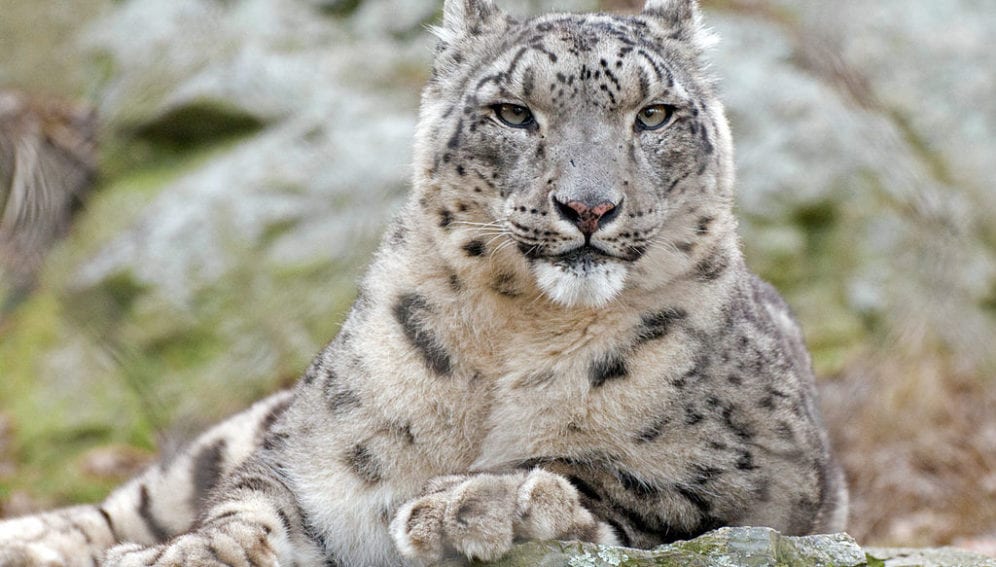Send to a friend
The details you provide on this page will not be used to send unsolicited email, and will not be sold to a 3rd party. See privacy policy.
[KARACHI] Conservationists in Pakistan say that climate change, along with poaching for animal parts, represents the biggest threat to the survival of the snow leopard (Panthera uncia) in its mountain habitats.
With the global population estimated at between 4,000—7,000 individuals, massive conservation efforts are being launched in 2015 which has been declared as International Year of the Snow Leopard by the International Union for Conservation of Nature (IUCN).
Pakistan, where fewer than 420 snow leopards now exist, is at the forefront of research and conservation on the big cat which has, since 1972, been on IUCN’s red list’ of animals under ‘very high risk of extinction in the wild.’
Currently, Pakistan’s minister for climate change, Mushahidullah Khan, chairs a 12-country steering committee to protect the animal that includes Afghanistan, Bhutan, China, India, Kazakhstan, Kyrgyzstan, Mongolia, Nepal, Russian Federation, Tajikistan and Uzbekistan.
"Pakistan has done substantial and significant conservation work and is leading in research on the animal," Muhammad Ali Nawaz, head of the Snow Leopard Foundation of Pakistan (SLFP), http://www.slf.org.pk/ tells SciDev.Net.
Jaffar ud Din, assistant director, SLFP, says global climate change has severely affected the snow leopard habitat. “There is enough evidence to show that warming at high elevations in the Himalayan region is already happening at rates faster than the global average.”
"There has been a significant shifting of the tree line which may have resulted in loss of wild prey of the snow leopard," the wildlife biologist tells SciDev.Net. "Snow leopards have begun to attack livestock which has resulted in herders killing them in retaliation."
Between 2001—2008 Jaffar ud Din headed a team that brought out a study assessing the status of the feline, its major prey base, and the extent of human-snow leopard conflict in Pakistan’s Chitral valley.
A study by Jaffar ud Din’s team concluded that the major threats to the survival of the snow leopard included retaliatory killing (shooting, poisoning), poaching, loss of natural prey, habitat degradation (over-grazing, fodder and fuel wood collection) and lack of awareness among the locals.
"I think it is a good move to get Pakistan to head the conservation programme," says Shafqat Hussain, chairman of the Baltistan Wildlife Conservation and Development Organisation (BWCDO), which runs Project Snow Leopard.
In 1999, Hussain had started an innovative insurance programme through the project in the Baltistan valley to compensate herders for livestock killed by the cat.
“Today, insurance schemes cover some 20 villages in Baltistan, but this needs to be scaled up by the government," Hussain says.
This article has been produced by SciDev.Net's South Asia desk.














